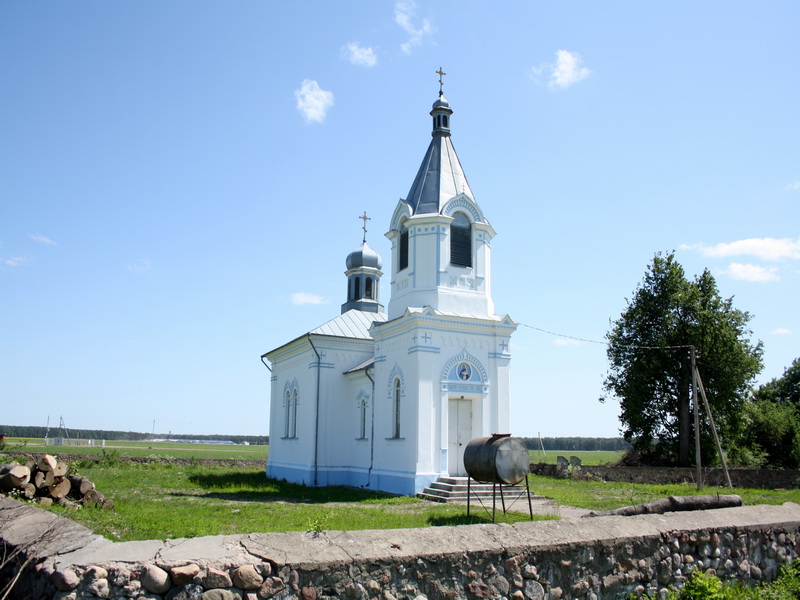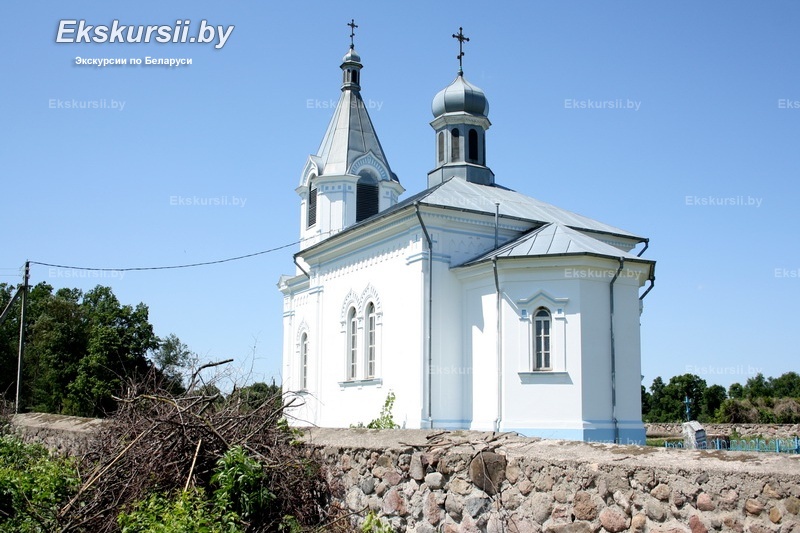History
The church was built in 1871 during the Russian Empire. Funding came both from the state and from local parishioners, emphasizing the importance of the church to the community. It was consecrated in honor of the Nativity of the Most Holy Theotokos—one of the major Orthodox holidays. Inside, the church houses a particularly revered icon of the Virgin Mary, believed to be miraculous and attracting pilgrims from across the country. Like many churches, it faced decline during the Soviet era, but has since been restored and now welcomes parishioners once again.
Architecture
The church was built based on a standard design in the style of retrospective Russian architecture. The layout includes four main parts: the altar, the central nave, the vestibule, and a three-tiered bell tower that accentuates the building’s vertical composition. Stone walls, vaults, and decorative elements give the structure a solemn yet cozy appearance. A monumental stone fence surrounds the church, complementing the architectural ensemble. The interior is adorned with icons, among which the venerated image of the Virgin stands out.
Excursions
The Plodovskaya Church is an appealing destination for those seeking both spiritual experiences and architectural discoveries. The church is included in the routes of excursions across Belarus, particularly those passing through the Grodno region. For those who want to see the church in person, our portal can arrange a custom-made excursion from Minsk featuring the highlights of the Mosty District. During the tour, visitors can admire the church’s architecture, learn about its history, venerate the sacred icon, and enjoy the tranquil atmosphere of a Belarusian village.

